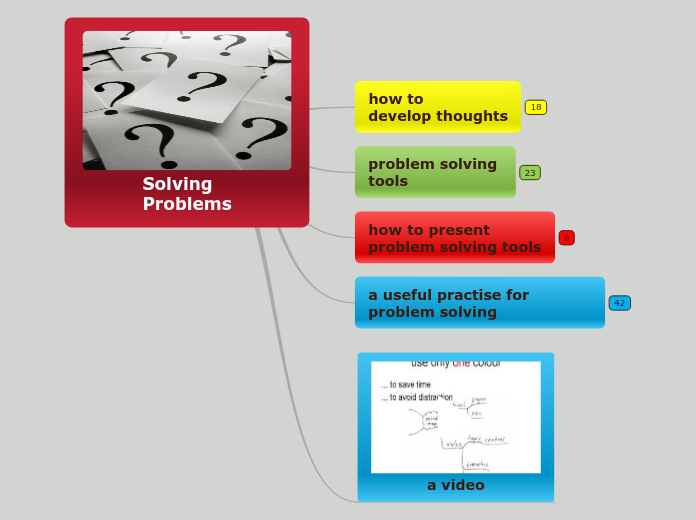по CARMEN NATRIN 13 лет назад
262
Using NETS-T in the classroom
Educators can enhance their teaching by integrating digital tools and resources in the classroom, aligning with the NETS-T standards. These standards emphasize fostering student creativity and promoting innovative thinking through collaborative knowledge construction.









